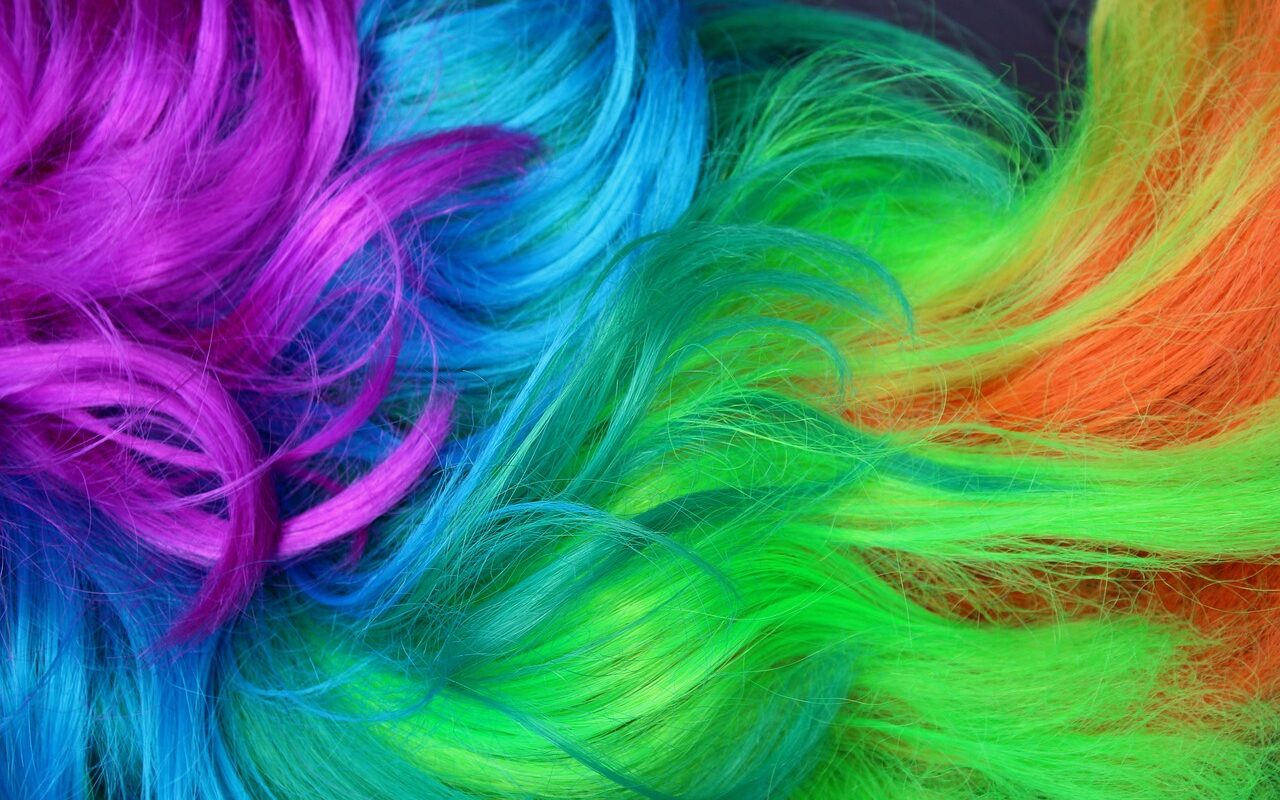The global wig industry has experienced remarkable growth and transformation over the past few years. From being primarily associated with medical reasons or theatrical performances, wigs have now become a fashion statement, an accessory that allows individuals to express themselves in unique ways. This article delves into the recent trends in the wig industry, analyzing the factors that have contributed to its booming market sales.
**1. **Variety and Customization: In recent years, the wig industry has witnessed a surge in demand for a diverse range of wig styles and colors. Consumers are no longer limited to conventional wigs but are seeking customized options that align with their personal preferences. This demand for variety has led to the emergence of specialized wig boutiques and online platforms offering an extensive selection, catering to various ethnicities, age groups, and fashion trends.
**2. **Fashion and Entertainment: The entertainment and fashion industries have significantly impacted the popularity of wigs. Celebrities and influencers often sport different hairstyles, driving a desire among their followers to emulate these looks. Wigs provide an easy and reversible way to experiment with hair colors and styles, aligning with ever-changing fashion trends.
**3. **Medical Reasons and Hair Loss Solutions: While wigs have long been used as a solution for medical conditions causing hair loss, their importance in this regard has continued to grow. With advancements in wig-making technology, the industry has been able to produce more natural-looking wigs, making them a sought-after solution for individuals dealing with hair loss due to medical treatments or conditions.
**4. **Social Media and Online Shopping: The rise of social media platforms and online shopping has facilitated the growth of the wig industry. Consumers now have easy access to a wide array of wigs through online marketplaces and specialized e-commerce stores. The ability to browse through options, read reviews, and make purchases with convenience has contributed to the industry’s increased sales.
**5. **Cultural and Ethical Considerations: Wigs are not just fashion accessories; they also hold cultural and ethical significance. In various cultures, wigs are worn to express identity, religion, or social status. Additionally, the shift towards sustainable and cruelty-free products has prompted the development of wigs made from ethically sourced human hair or high-quality synthetic materials.
**6. **Technological Advancements: The wig industry has embraced technological advancements to produce wigs that are more comfortable, breathable, and natural-looking. Innovative techniques such as lace front wigs and 3D-printed hairpieces have revolutionized the industry, contributing to its growing popularity.
**7. **Popularity of Cosplay: The cosplay community has played a significant role in boosting the wig industry. Cosplayers often require wigs to accurately portray characters from various media, driving demand for wigs of different lengths, colors, and styles.
**8. **Changing Beauty Standards: The concept of beauty is evolving, with emphasis placed on self-expression and embracing individuality. Wigs offer a means to experiment with one’s appearance, empowering individuals to break away from traditional beauty norms and embrace their uniqueness.
In conclusion, the wig industry has experienced a notable shift in recent years, moving beyond its conventional uses to become an integral part of fashion, self-expression, and cultural identity. Factors such as variety, customization, fashion trends, medical needs, online accessibility, cultural considerations, technology, cosplay, and changing beauty standards have all contributed to the industry’s upward trajectory. As the demand for wigs continues to diversify and evolve, the industry is likely to witness further innovation and growth in the coming years.

